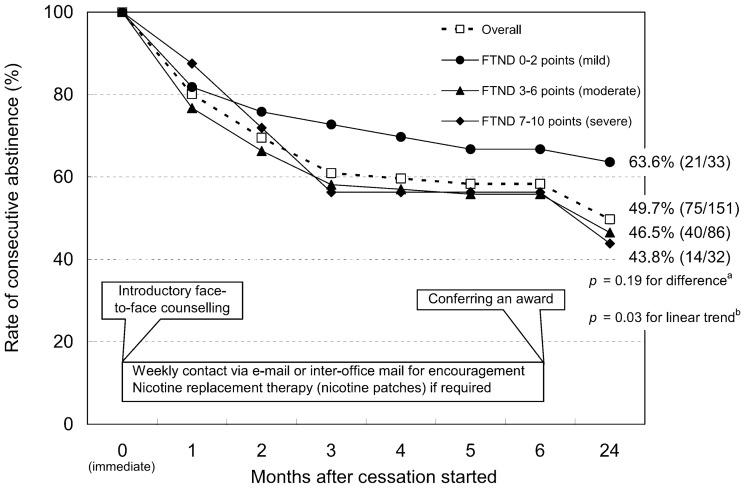Figure 1. Scheme of the six-month support program and time-related trend in the rate of consecutive abstinence in the 151 study participants at a worksite in Toyama, Japan, after the start of smoking cessation.
Data are presented for the entire study population and also grouped according to the Fagerström Test for Nicotine Dependence (FTND) score at baseline. A chi-square test (a) was used to compare the rate of 24-month consecutive abstinence among the three categories of FTND score, while a logistic regression model (b) was used to test the significance of the linear trend for the association between FTND score (continuous variable) and 24-month consecutive abstinence after adjustment for age, sex, cigarettes smoked each day, cessation history, alcohol drinking habits, and history of either heart disease, stroke, cancer, chronic respiratory disease, hypertension, hypercholesterolemia, or diabetes. Values in parentheses represent the number of successful quitters/study participants.

